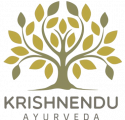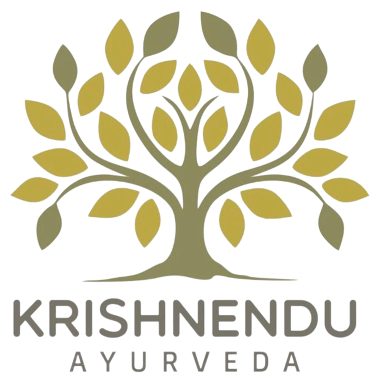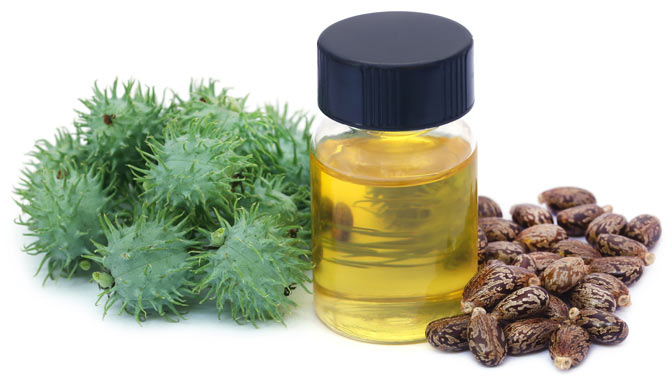Pranayama involves the conscious awareness of breath and is considered an integral part of yoga. Revered as the life force that energizes as well as relaxes the body and mind, practicing Pranayama is highly beneficial to balance the system and bring harmony. And when practicing specific breathing techniques according to one’s body type or the predominant dosha, it is considered to oppose the qualities of the aggravated dosha and maintains optimal health.
Pranayama for Vata – Nadi Shodhana
Nadi shodhana or the alternate nasal breathing is a technique that possess soothing, rhythmic and grounding qualities which is beneficial for opposing the cold, dry and rough properties of Vata dosha. It is also ideal for releasing physical tension and to reduce stress, anxiety and nervousness.
Steps to practice Nadi Shodhana
- Sit comfortably on a flat surface and close your eyes.
- Close the right nostril with the right thumb and start inhaling gently with the left nostril.
- Then close the left nostril with the right ring finger, lift the thumb from the right nostril and exhale through it.
- Continue breathing with alternate nostrils in a rhythmic pace.
Pranayama for Pitta – Sheetali Pranayama
Sheetali Pranayama, also called as the cooling breath opposes Pitta dosha which is made up of fire and water. The technique calms and cools down the heating effects of Pitta, especially when it is aggravated in the summer season. Sheethali is also considered beneficial when feeling angry, irritated, frustrated or experiencing acid digestion.
Steps to practice Sheethali Pranayama
- Sit comfortably with an erect spine on a flat surface.
- Rest your hands on your lap with open palms on your lap. Close your eyes.
- Curl your tongue and take a refreshing breath through it. Close the lips.
- With the tip of your tongue lightly touch the roof of your mouth. Exhale through your nose.
- Repeat inhaling through the curled tongue and exhaling through the nose.
Pranayama for Kapha – Bhastrika Pranayama
Bhastrika pranayama or bellows breath help stimulate the warmth in the body to reduce the heavy, sticky and oily qualities of Kapha. It also increases the flow of Prana through the Nadis or the body’s energy channels. Bhastrika is also recommended for relief from congested lungs and to brighten up the mind against demotivation and lethargy.
Steps to practice Bhastrika Pranayama
- Sit comfortably with an erect spine and palms flat on your lap
- Close your eyes and relax the jaw and facial muscles.
- Inhale deeply through the nose and flare the ribs open.
- Exhale fully and deflate the lungs.
- Continue this for 20-30 seconds and return to normal breathing.





